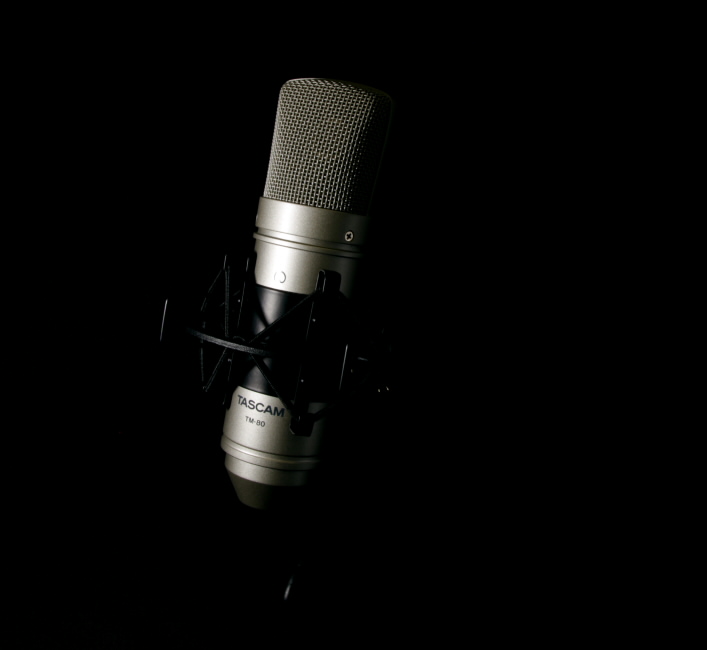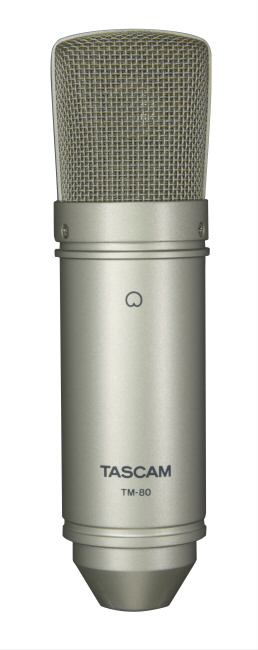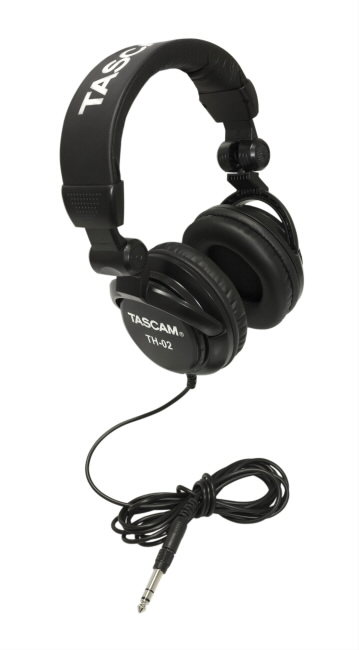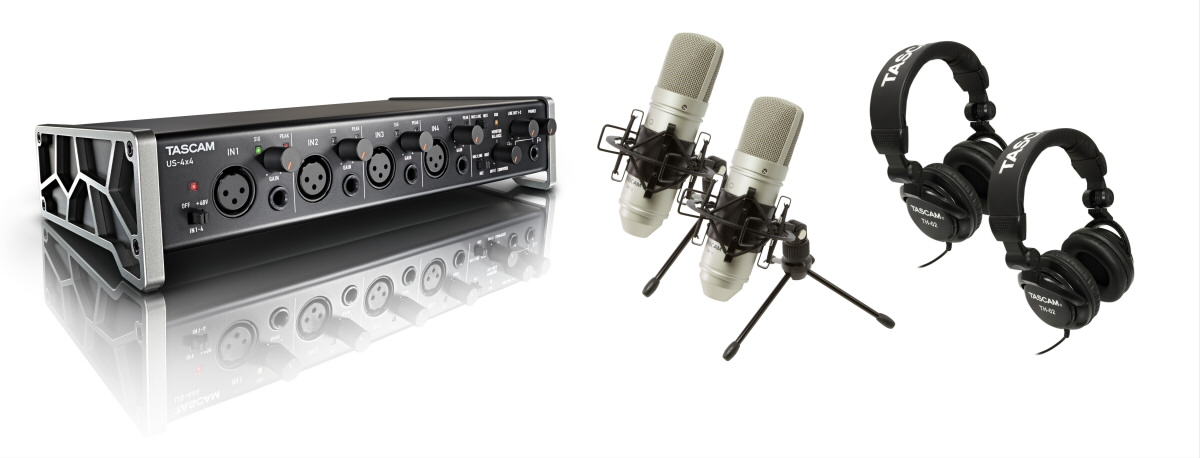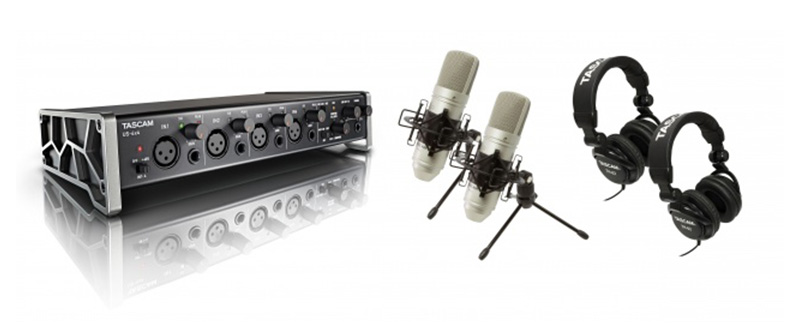
TASCAM TRACKPACK 4x4
Complete Recording Studio for Acoustic Instruments
The TASCAM TRACKPACK 4x4 offers an environment in which multi-microphone recording can be easily done with vivid results by setting up an audio interface, two condenser microphones, and two headphones compatible with multi-microphone recording.
This model has been discontinued.
Multi-microphone recording can clearly record sounds from acoustic instruments
Recording acoustic instruments, such as acoustic guitar, piano, drums, and wind and string instruments, at a high quality will greatly increase the song’s degree of completion and presence.
In particular, utilizing a recording technique that uses several microphones such as stereo recording and multi-microphone recording will further increase the sense of presence of acoustic instruments.
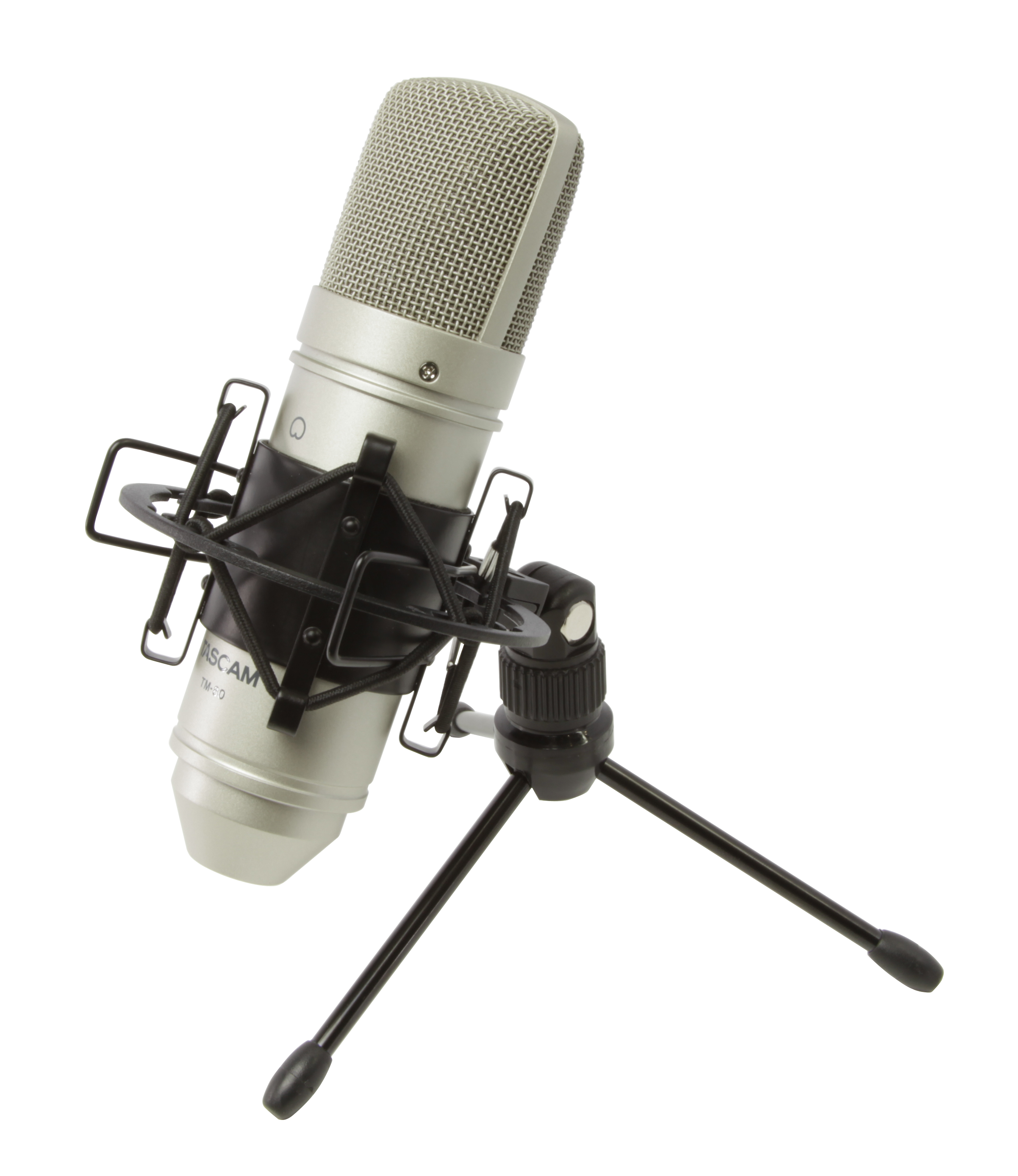
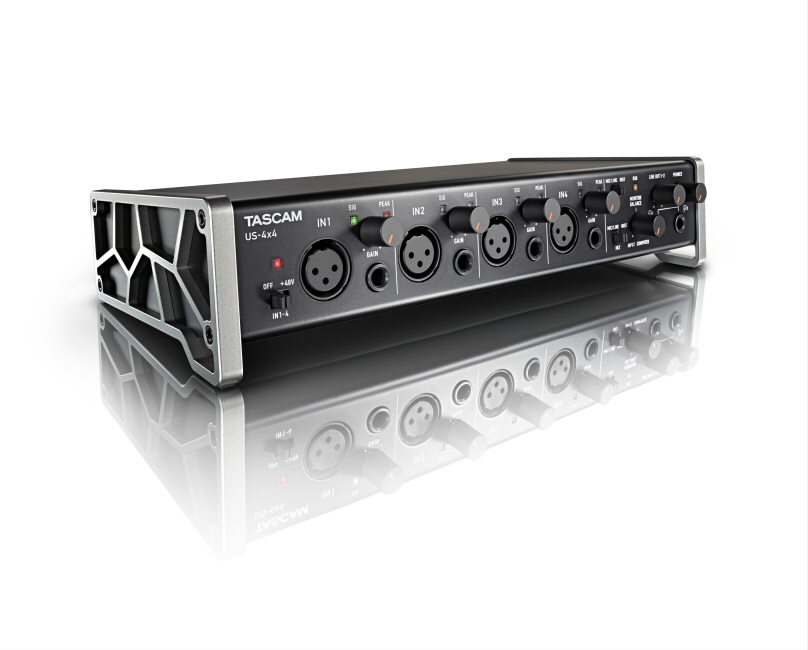
Construct an optimal recording environment for each instrument
You can perform different types of recording for different instruments with the TASCAM TRACKPACK 4x4. For example, you can use multi-microphone recording with your favorite acoustic guitar by using two condenser microphones while using a 4-channel microphone recorder that combines line input and microphone input for guitar duo pieces resulting in beautiful harmony.
Singing accompanied by piano can be multi-microphone recorded by individually setting a condenser microphone to piano and vocal.
You can even stereo record your impressive drum set by bringing it along to the studio.
It goes without saying that adding additional separately-sold microphones will enable you to enjoy a more fully-fledged recording experience.
Enjoy professional multi-microphone recording with the TASCAM TRACKPACK 4x4
The TASCAM TRACKPACK 4x4 is a starter package that includes two professional condenser microphones and a high-quality audio interface in a set, enabling you to experience the world of professional multi-microphone recording that clearly captures the allure of acoustic instruments.
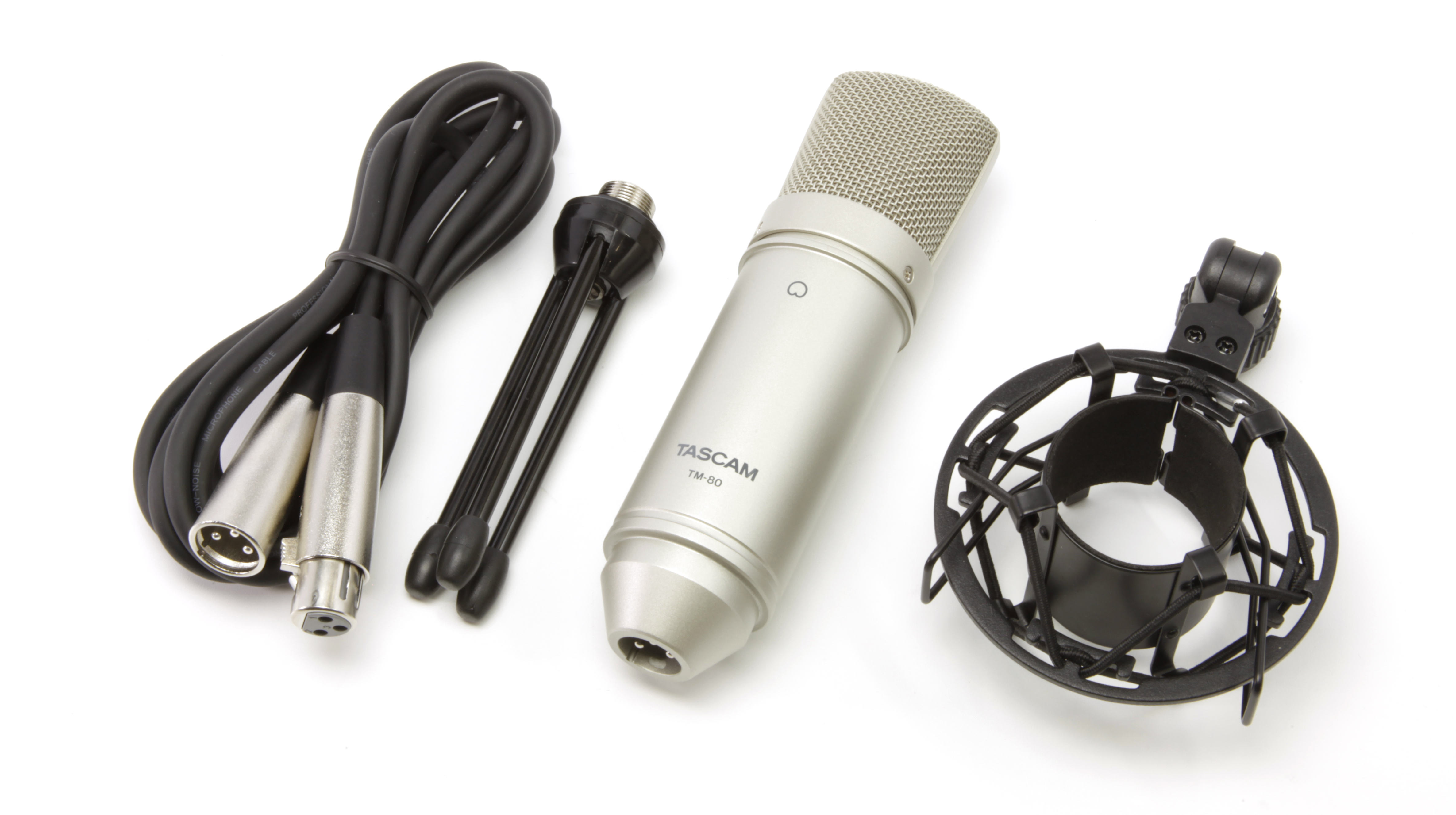
Recording Setups Using the TASCAM TRACKPACK 4x4
Recording an acoustic guitar with two TM-80 microphones
Place the second microphone about 5 feet in front of the guitar, and at a height of 5 feet off the floor. This is referred to a the 'off-mic' position. Make sure the diaphragm is facing the guitar. Another option is to have someone play the guitar while you place the mic where the guitar sounds the best in the room.
Connect the microphones to the balanced inputs on the US-4x4, then turn-on the +48V switch to supply phantom power. The TM-80 microphones require phantom power for operation.
Create two tracks in your DAW software in order to record each mic on its own track. Adjust the recording levels by using the GAIN controls of the US-4x4. Gradually increase the level without lighting the PEAK LED. Setting the DAW software to standby allows you to check the level from the computer.
While in standby mode, listen to the sound of each microphone. You may need to make fine adjustments to the positions of the microphones. The closer the mic is to the sound source, the larger and more dynamic the low-pitched tones become. This phenomenon is called proximity effect. On the contrary, the farther away the microphone is, the smaller and milder the sound becomes.
After the mics are placed, start recording. Whether you choose to monitor the performance through headphones or not, the balance of the on-mic and off-mic can be changed later.
Another option is to use two mics as a 'stereo pair' in both the on-mic and off-mic positions. Using four mics in this manner provides a rich, fuller stereo sound. The capsules are placed as close together as possible - one mic is panned left, and the other panned right.
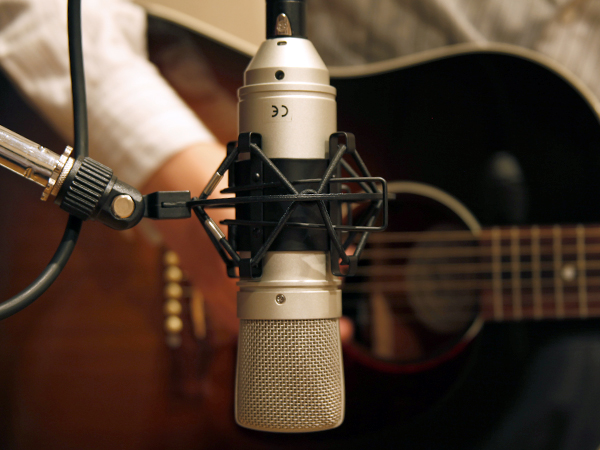
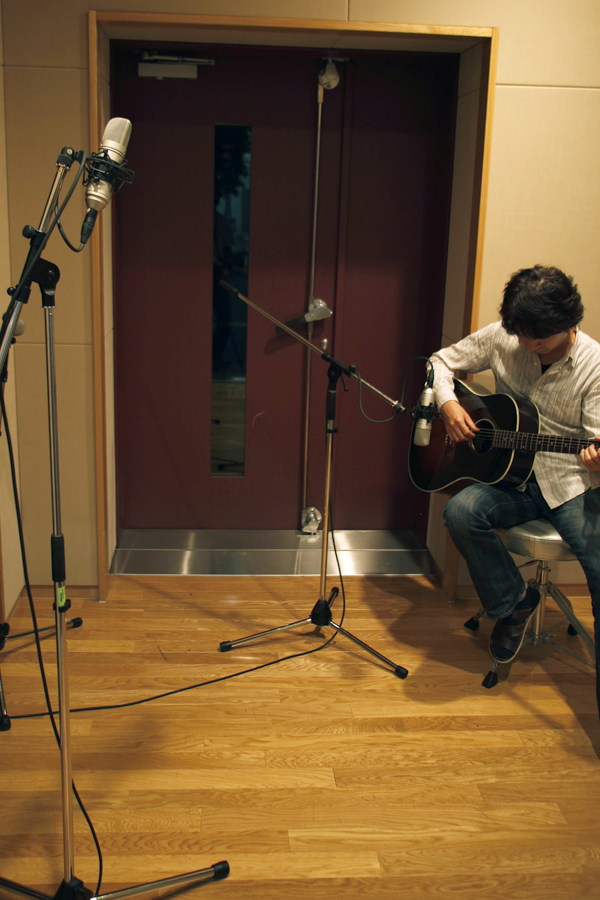
No2: Recording a vocal performance while playing an acoustic guitar
For the guitar, place the mic in the 'on-mic' position as described previously.
For the vocal, place the second mic about 8 inches from the mouth (a commercially available pop-guard is recommended to reduce p-popping).
Note that the vocal microphone can pick up the sound of the guitar as well as the vocal. To reduce the sensitivity to the guitar, adjust the angle of the microphone as pictured. The TM-80 microphone has a directional pickup pattern (cardioid), and turning the front of the mic away from the guitar will lessen the sensitivity and volume of the guitar.
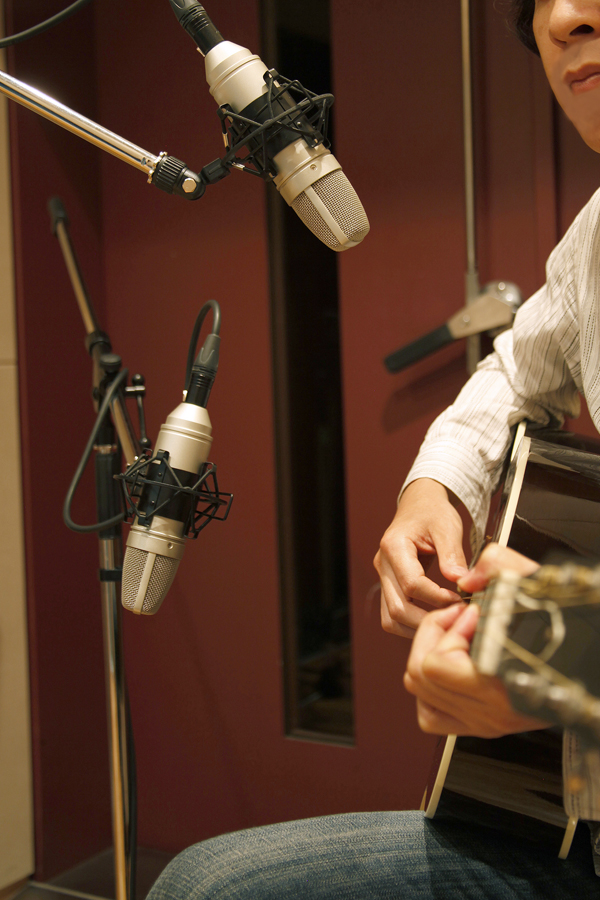

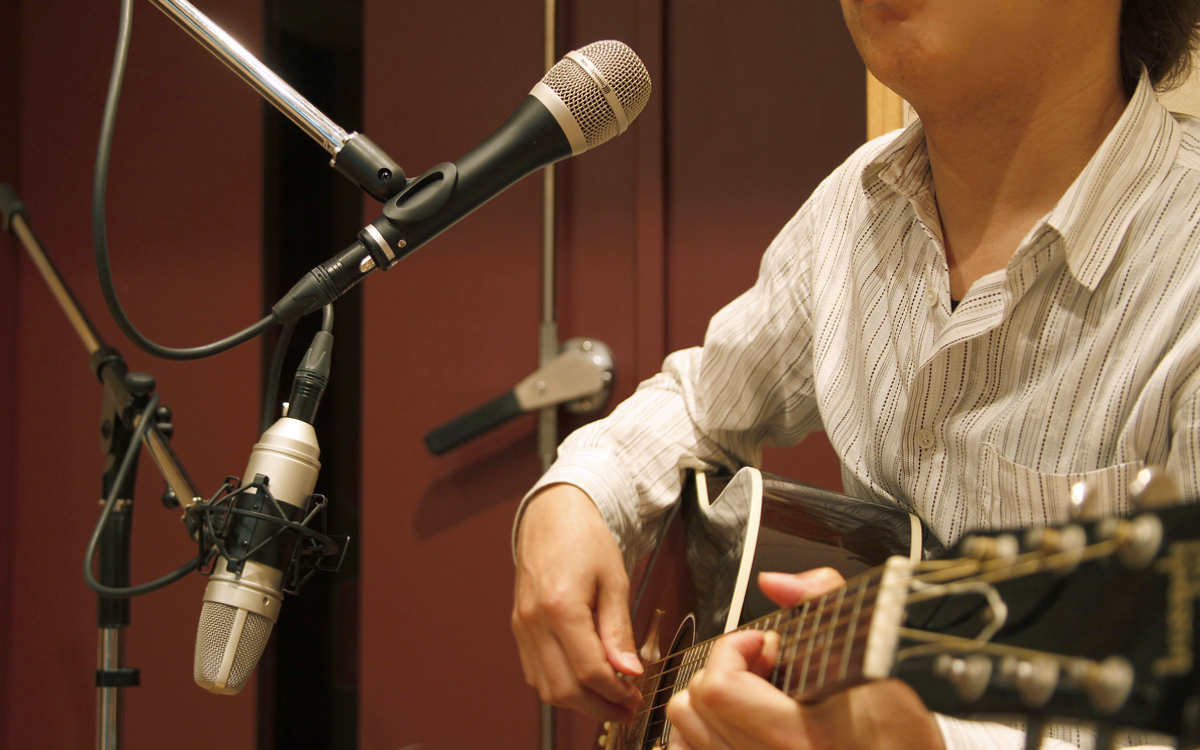
No3: Recording a piano
Basically, a stereo pair of microphones is used for recording a piano performance.
Connect the left microphone to IN1 and the right one to IN2. We recommend you to create one track in the DAW software and set it to stereo.
In most cases, a grand piano is recorded with its lid open. There are several ways to effectively record the piano, but here we will focus on recording the piano from a short distance.
By opening the lid and placing a microphone outside of the piano, you can record the entire sound of the piano including sounds reflected by the lid. On the right from the player's side (open side of the lid), place the left and right microphones with a distance of 8 inches or around between them. Leave a space of 8 inches or around from the edge of the piano. By placing the microphone at half the height of the lid, the microphone can pick up sounds including reflected ones well. Due to the structure of the piano, the left microphone picks up a large portion of high-pitched tones.
Set the input levels while the piano is being played, and start recording. Check the recording to determine if the mic positions need adjusted - for a more pronounced attack, move the microphones closer. For more of a room sound, move the microphones further away. To enhance the stereo effect and increase the width, increase the distance between the two microphones.
Additional mics can be used in combination with the TM-80 mics for on-mic recording of the piano. Two more mics placed under the lid and closer to the strings is used for a clearer sound. Also, placing mics under the piano and close to the sound board is used for yet another quality of the piano's sound.
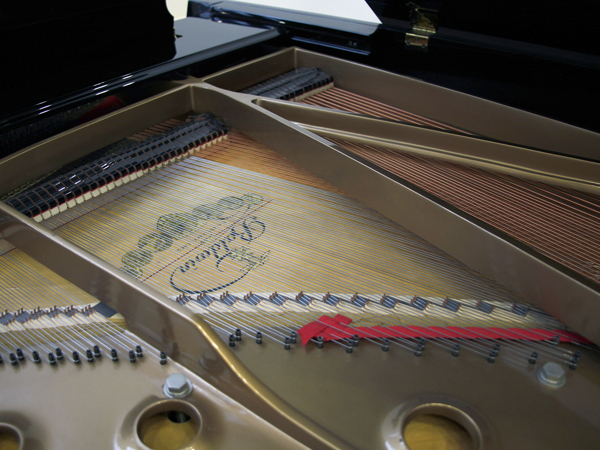
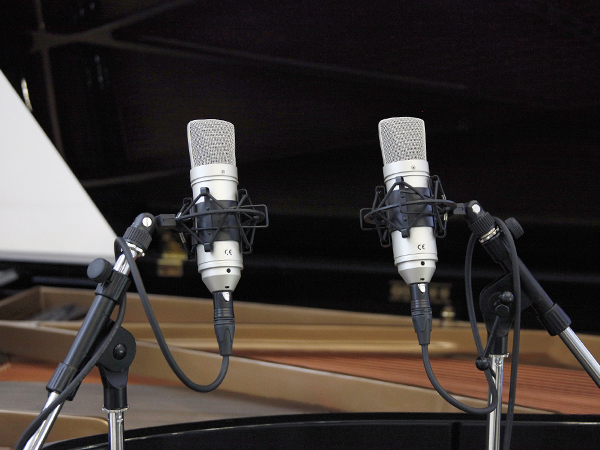
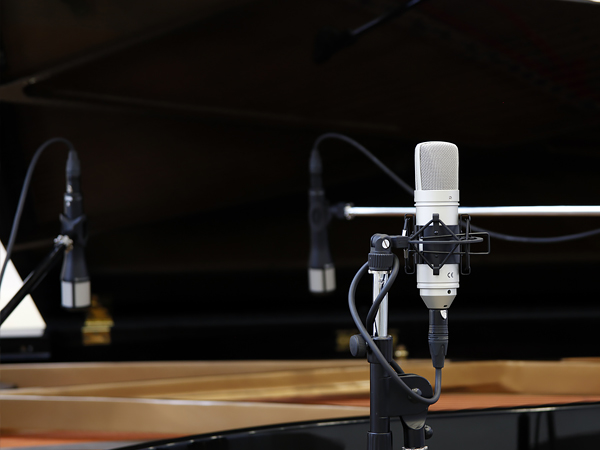
No4: Drumset Recording
The typical drum kit consists of a bass drum, snare drum, hi-hat cymbals, one or more tom drums, and other cymbals (crash, ride, etc). It is important to capture the drums and cymbals in balance.
Often, a pair of microphones are seen positioned above the drum kit. These situations are usually multi-microphone recordings where all drums and cymbals have their own track. When using just a pair of microphones, it is better to place them in front of the drum kit for a balanced sound.
A shown in the picture, place two microphones spaced approximately 8 inches apart at the height of the bass drum. Because the snare drum is off-center, place the pair of mics so that the bass drum and snare drum are aligned in the center of the pattern (as pictured) for a balanced stereo sound - the bass drum and snare drum are reproduced in the center of the stereo field.
Set the input levels and check the recording. The mics can be adjusted upward to reduce the bass drum in the track - or moved lower to increase the response of the bass drum.
You can add two additional mics specifically for on-mic recording of the the bass and snare drums. This technique will provide a tighter drum kit sound. In this case, place the stereo mics above the drum kit to capture cymbal sounds and other drums as well.
You can add two additional mics specifically for on-mic recording of the the bass and snare drums. This technique will provide a tighter drum kit sound. In this case, place the stereo mics above the drum kit to capture cymbal sounds and other drums as well.
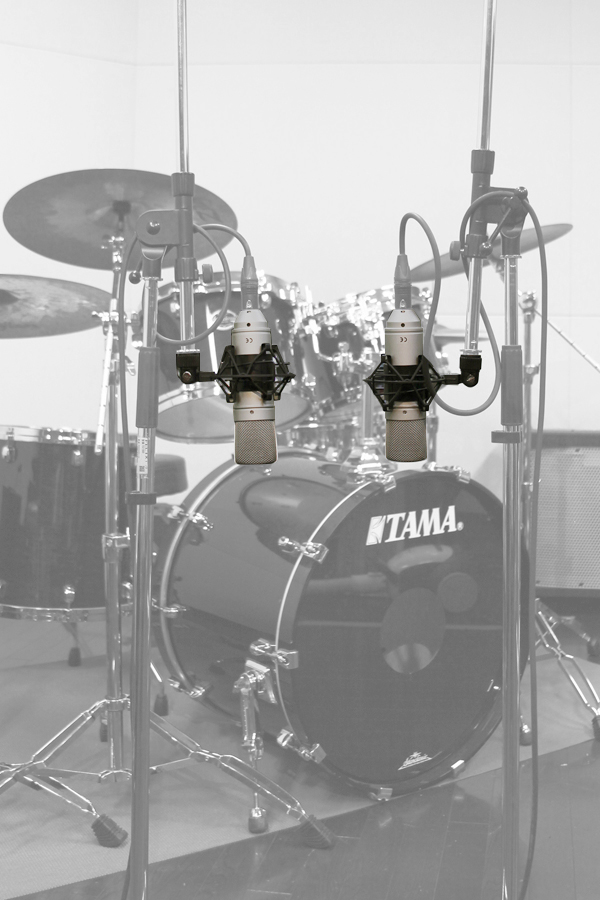
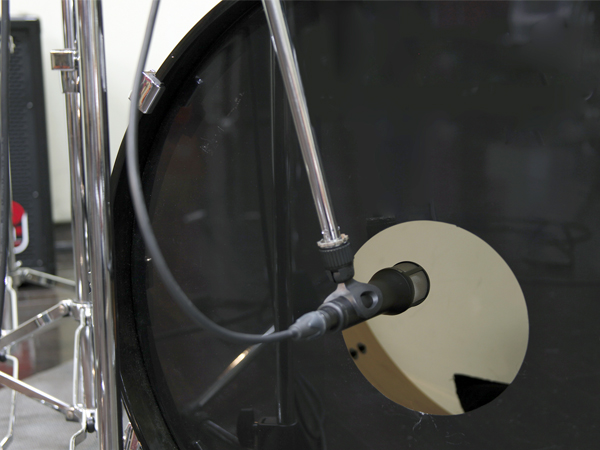
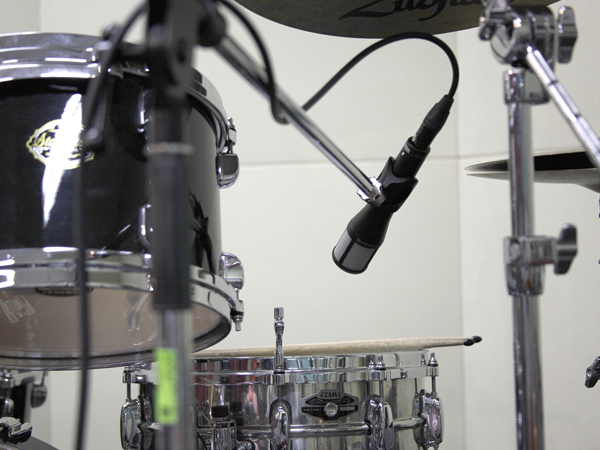
US-4x4 USB Audio/MIDI Interface
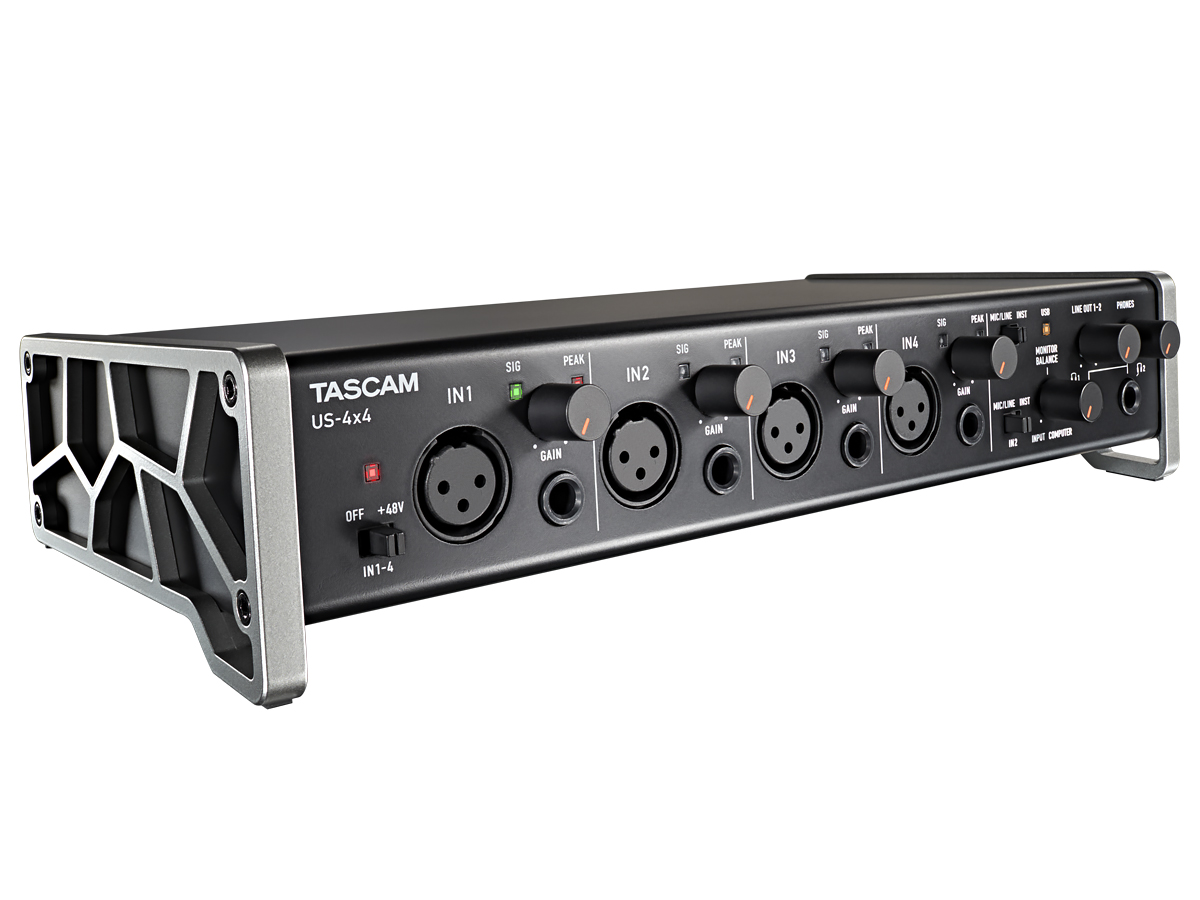
US-4x4 product page :Click here
TH-02 Stereo Headphones
Easy to carry, fold-away headphones
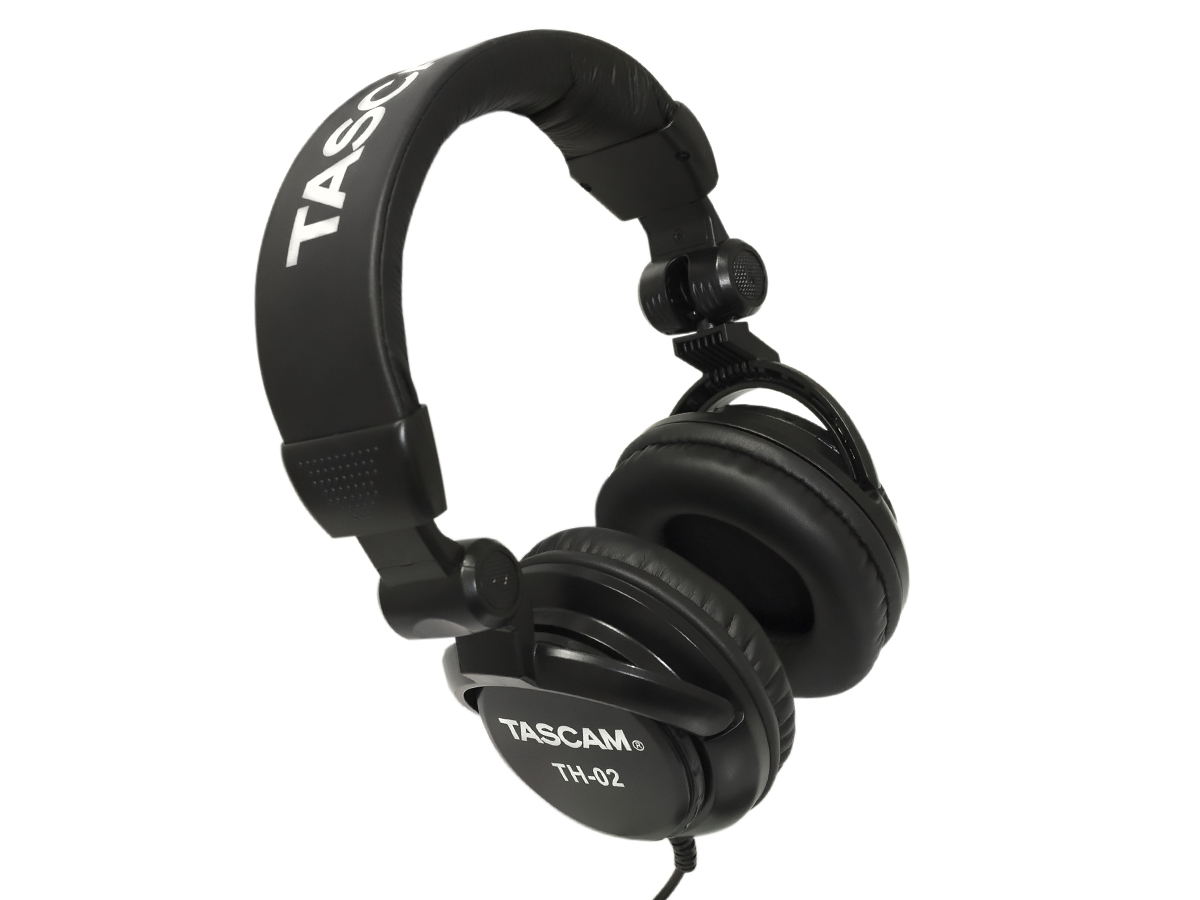
These comfortable, closed-back headphones are perfect for monitoring
TM-80 Condenser Mic
Unidirectional condenser mic with an 18mm aluminum diaphragm
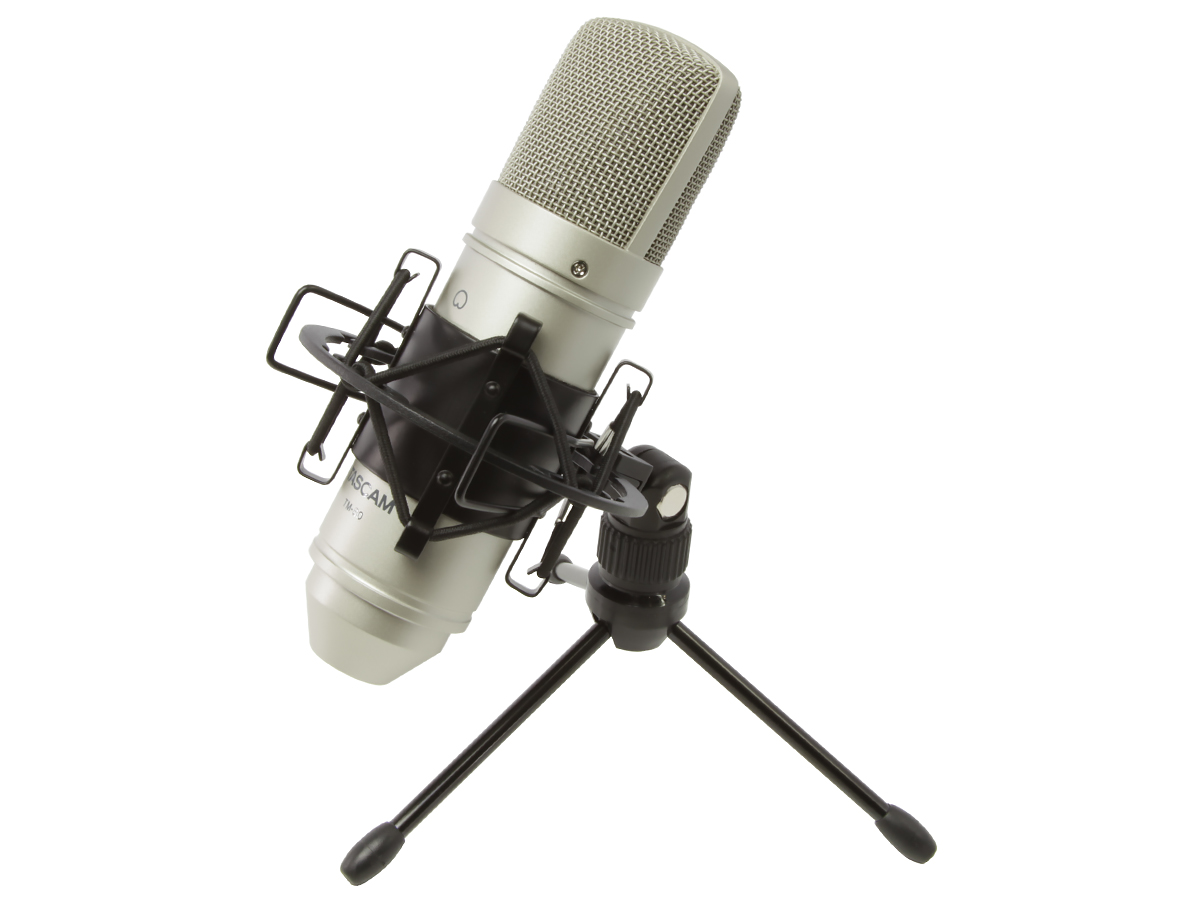
Package includes shock-absorbing suspension, table-top mic stand and mic cable
Features at a Glance
US-4x4 USB Audio/MIDI Interface
- Ultra-HDDA (High Definition Discrete Architecture) mic preamps with −127dBu EIN
- Four Ultra-HDDA mic preamplifiers
- Four XLR or TRS (MIC/LINE) inputs with full +48V phantom power
- NE5532 op-amps used at the audio input and output stages
- Up to 96kHz/24-bit recording
- Support for Windows and Macintosh
- USB 2.0 computer connection
- Connect with iPads and other iOS devices
- +48V phantom power for all inputs
- High-impedance inputs available
- Input level specifications boast a range of 57 dB for using dynamic mics
- Direct monitoring function for zero-latency monitoring
- Tough all-metal casing for durability
- Angled design provides excellent usability on a desktop
- Balanced analog four TRS output jacks suitable for connection to powered monitors
- Two headphone outputs that has 40mW/ch output power
- Separate controls for line and headphones output volumes
- MIDI input and output
- Output sources can be selected in the setting panel
- Input sound monitoring can be set to stereo or mono
- Input muting function eliminates noise from unused inputs
- USB class compliant 2.0 support
- License cards included for SONAR X3 LE/Ableton Live Lite9
- Confirmed operation with major DAW software(SONAR, ProTools, Cubase, Live, Studio One, Garage Band)
- RoHS certified
- Dedicated AC adapter is included
TH-02 Stereo Monitor Headphones
- Foldable design for compact storage and transport
- Tightly-stitched, padded headband and ear pads for stylish comfort
- Closed-back dynamic design featuring rich bass response and crisp highs
- Snap-on 1/8" (3.5mm) to 1/4" (6.3mm) adapter
- Driver diameter: 50mm
- Impedance: 32 Ohms
- Sensitivity: 98 dB +/- 3dB
- Frequency response: 18 Hz to 22 kHz
- Max input power: 600 mW
- Cable length: 9.8ft (3m) when fully extended
- Dimension (W×H×D) : 180mm×240mm×90mm / 7.1 inch×9.5 inch×3.5 inch
- Weight : 298g / 0.7 lb
TM-80 Condenser Microphone
- Condenser microphone utilizes precisely designed electronic circuitry.
- Microphone capsule assembly features an 18mm pure aluminum diaphragm
- Cardioid polar pattern
- Frequency response: 20Hz to 20kHz
- Sensitivity : -38dB +/-2dB (0dB=1V/Pa at 1kHz)
- Phantom power requirement: 9 - 48V DC
- Output impedance : 200ohm +/-30% (at 1kHz)
- Load impedance : >1k ohm
- Max SPL : 136dB (at 1kHz=1% THD)
- S/N ratio : 77dB
- Housing : Die cast zinc
- Dimensions (W×H×D) : 48mm×165mm×48mm / 1.9 inch×6.5 inch×1.9 inch
- Includes : shock mount, mini desk stand, mic cable (1.8m XLRM – XLRF)

[Updated] Information about Windows 11 Version 25H2 compatibility
Learn More
[Updated] Information regarding iOS 26/iPadOS 26 compatibility
Learn MoreSpec description
| US-4x4 |
For Specifications on the US-4x4, please see US-4x4 product page.
US-4x4 product page :Click here
| TH-02 |
| Design | Closed-back dynamic |
| Frequency response | 18Hz - 22,000Hz |
| Driver diameter | 50mm |
| Sensitivity | 98dB (+/-3dB) |
| Input impedance | 32ohms |
| Max input power | 600mW |
| Cable | 9.8ft (3m) when fully extended |
| Plug | 3.5mm(1/8") stereo mini plug 6.3mm(1/4") stereo phone plug adapter |
| Dimensions | 180 (W) × 240 (H) × 90 (D) mm 7.1 (W) × 9.5 (H) × 3.5 (D) inch |
| Weight | 298g / 0.7lb (With cable) |
| TM-80 |
| Transducer type | Condenser |
| Polar pattern | Cardioid |
| Frequency response | 20 - 20,000 Hz |
| Output impedance | 200ohm +/-30% (at 1kHz) |
| Load impedance | >1k ohm |
| Sensitivity | -38dB +/-2dB (0dB=1V/Pa at 1kHz) |
| Max SPL | 136dB (at 1kHz=1% THD) |
| S/N ratio | 77 dB |
| Connector | 3-pin XLR male |
| Power supply | 9 to 48V phantom power |
| Dimensions | 48(W) × 165 (H) × 48 (D) mm 1.9 (W) × 6.5 (H) × 1.9 (D) inch |
| Weight | 300g / 0.7 lb |
| Includes | shock mount, mini desk stand, mic cable (1.8m XLRM – XLRF) |
Supported OS' (PC)
Windows
Windows 11 2025 Update (Version 25H2) New , Windows 11 2023 Update (Version 23H2) , Windows 10 2022 Update (Version 22H2) , Windows 11 2022 Update (Version 22H2) , Windows 11 (Version 21H2) , Windows 10 (November 2021 Update) , Windows 10 (May 2021 Update) , Windows 10 (October 2020 Update) , Windows 10 (May 2020 Update) , Windows 8.1 , Windows 8 , Windows 7Mac
macOS Tahoe New , macOS Sequoia , macOS Sonoma , macOS Ventura , macOS Monterey , macOS Big Sur , macOS Catalina , macOS Mojave , macOS High Sierra (10.13) , macOS Sierra (10.12) , OS X El Capitan (10.11) , OS X Yosemite (10.10) , OS X Mavericks (10.9) , OS X Mountain Lion (10.8)iOS
iPadOS 26 New , iOS 26 New , iOS 18 , iPadOS 18 , iPadOS 17 , iOS 17 , iOS 16 , iPadOS 16 , iOS 15 , iPadOS 15 , iPadOS 14 , iOS 14 , iPadOS 13 , iOS 13 , iOS 12 , iOS 11 , iOS 10 , iOS 8 , iOS 7Information
| Latest version info | |
| Settings Panel for Windows | V4.00 |
| Settings Panel for Mac | V2.00 |
| Firmware | V1.01 |
- Bugs with Windows 10 October update (Ver. 1809) such as glitch noises and audio tracks unable to be played have been fixed.
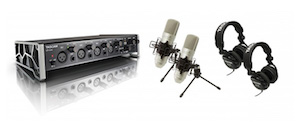
Notices About Products
Manuals
| Owner's Manual | 11-15-2016 | 5.1 MB |
|---|---|---|
| Reference Manual V2.00 | 11-09-2016 | 2.3 MB |
| Cubase LE Quick Start Guide | 09-30-2015 | 1.7 MB |
Documents
| Release Notes (English) | 02-19-2020 | 7.7 KB |
|---|---|---|
| Software/Firmware Update procedures | 11-09-2016 | 841.3 KB |
Firmware
| Firmware V1.01 for Windows | 12-03-2014 | 2.2 MB |
|---|---|---|
| Firmware V1.01 for OS X | 12-03-2014 | 2.6 MB |
Software
| Settings Panel V4.00 for Windows (Includes driver) | 02-19-2020 | 18.3 MB |
|---|---|---|
| Settings Panel V2.00 for Mac | 11-09-2016 | 11.7 MB |


